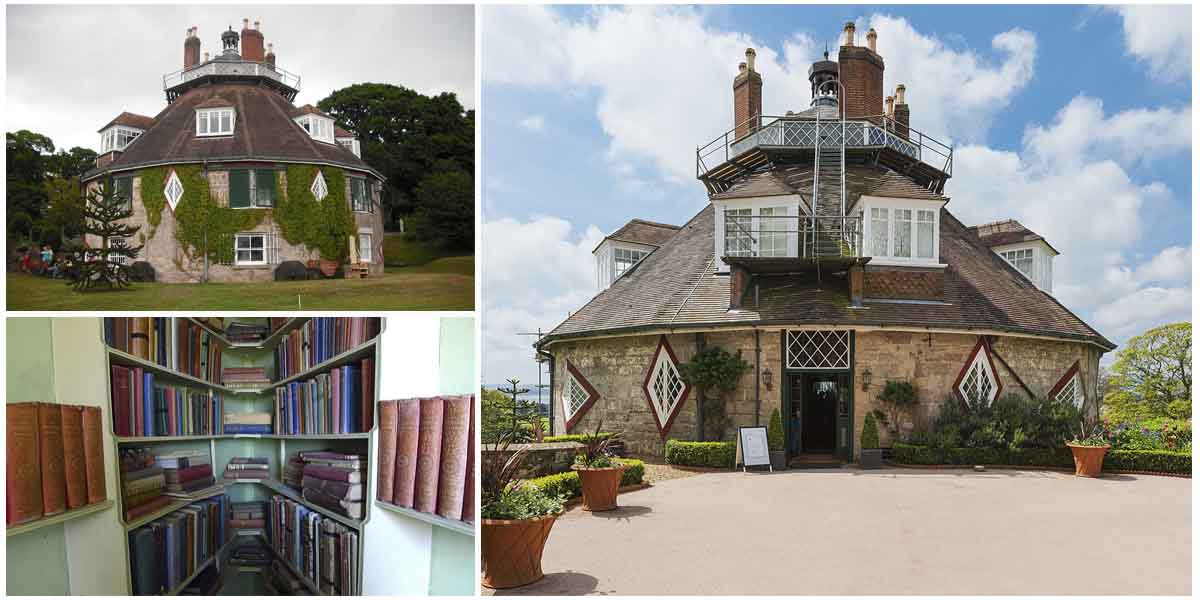The 16-sided house known as A la Ronde in Devon, England, was built in 1796 by two cousins, Mary and Jane Parminter. Today, the house is in the ownership of the National Trust, a Grade I listed building. Inspired by their travels around Europe, the cousins decided to build this magnificent home looking out over the Exe estuary.
Details of their travels are known because of Jane’s journal. The cousins, together with Jane’s invalid sister, Elizabeth, and Mary’s friend, Miss Colville, explored Italy, France, and Germany before they returned to Devon. After 10 years travelling around Europe, they decided to build their dream house with the intention of making it a symbol of female freedom. Jane was the daughter of a wealthy merchant, John Parminter, and grew up in London together with her orphan cousin Mary, who she was close to her whole life.
The design of the house is based on the Basilica of San Vitale, also in an octagonal shape. It is believed that the designer of the mansion was Jane herself. However, it might have been a Mr. Lowder, the husband of Mary’s aunt sister, who is mentioned by a 19th century writer.
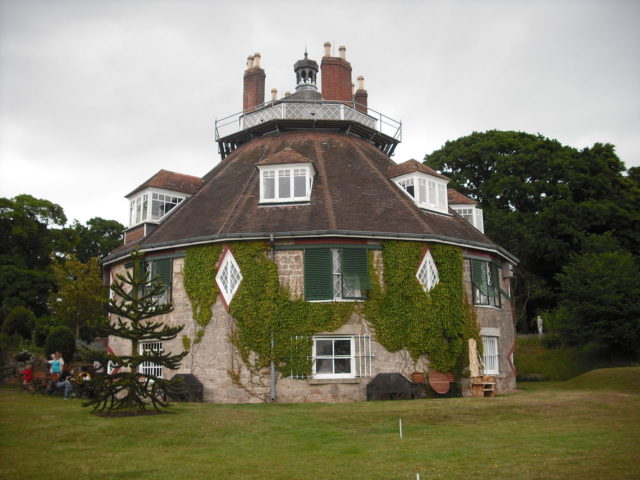
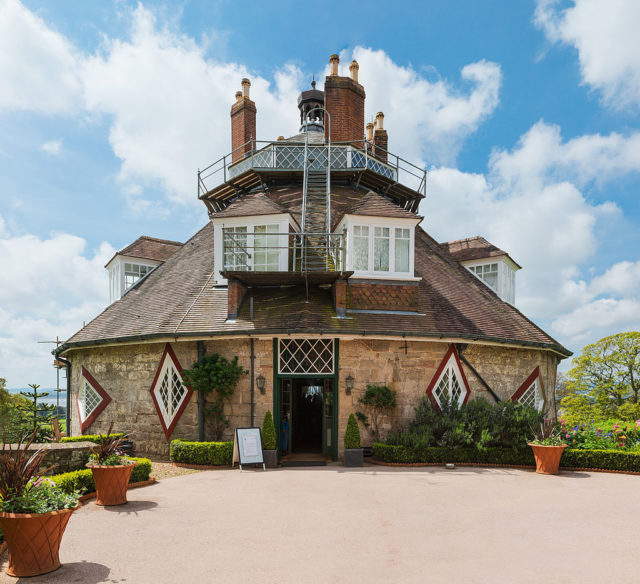
The 20-room house once had a 35-foot hallway that was known as the Octagon, and first made with sliding doors. The kitchen and wine cellar are housed on the ground floor, and there is an impressive octagonal gallery with an amazing hand-crafted frieze. Jane and Mary were known to have excellent handcrafting skills; they made many of the interior decorations. Today, various objects purchased by the cousins are in a collection housed by the mansion.
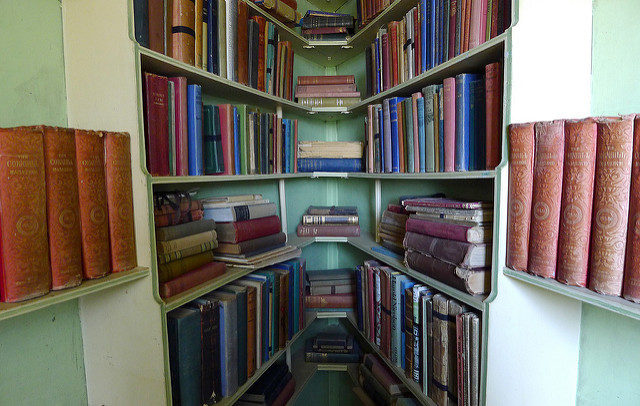
It includes 18th-century prints, family photographs, and oil paintings, pictures made by the cousins from sand, unique chairs, and furniture covered with shells. The most important piece that survived is the cabinet of curiosities, and it stands in the same position as it did in Mary and Jane’s lifetime. There are also triangular-shaped closets between the main rooms that have beautiful windows shaped like diamonds.
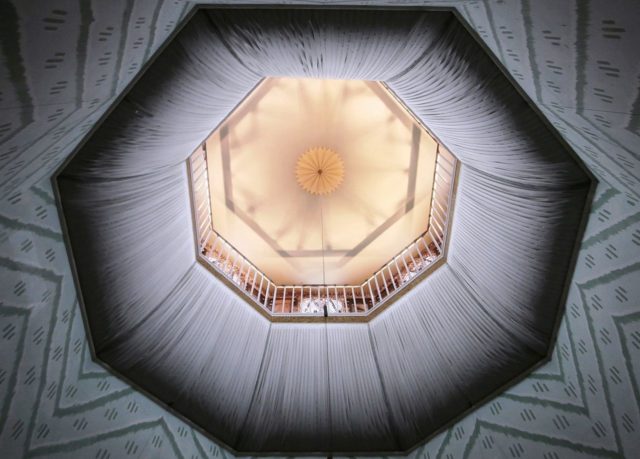
In Devon, the cousins were among the first examples of female independence. Mary specifically says in her will that after her death, the property should be purchased only by a woman who is not married. This was honored until 1886, when the house was given to the Reverend Oswald Reichel, a brother of one of the previous owners and the only male owner for over 200 years.
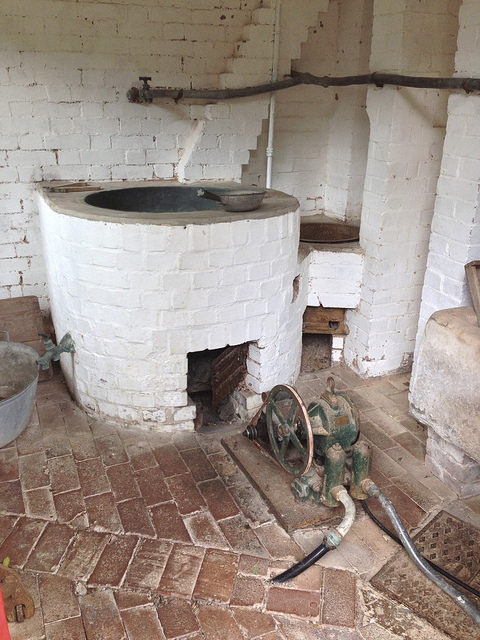
The reverend made many changes to the house including the laundry room, the bathroom, the installation of central heating, few bedrooms, and a water tower. After the last owner died, the National Trust took measures to conserve the property as close as possible to its original state.
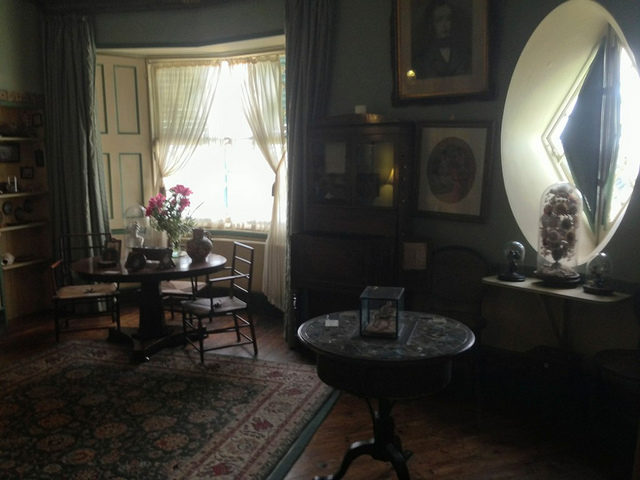
This included removal of some of the objects and additions in the house. All bar one of the central heating radiators were taken out and the walls of the house were repainted in the original green color.
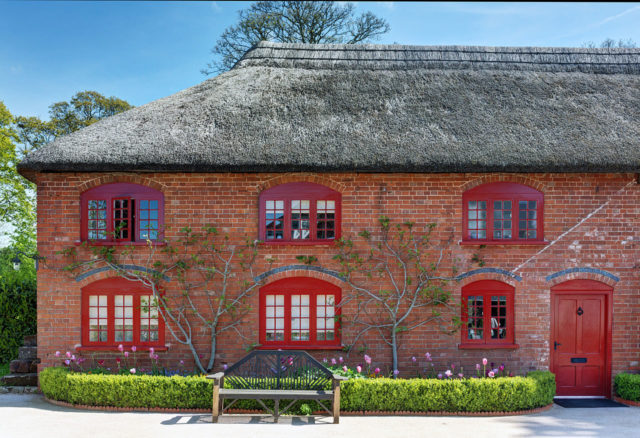
Jane died in 1811, shortly after the cousins began construction of a chapel near the house. She was buried underneath the building, which was completed the next year.
Today, the chapel is open for regular services, and a manse is still provided for the chaplain. The magnificent gardens that surround the property are listed as Grade II on the National Register of Parks and Gardens.
